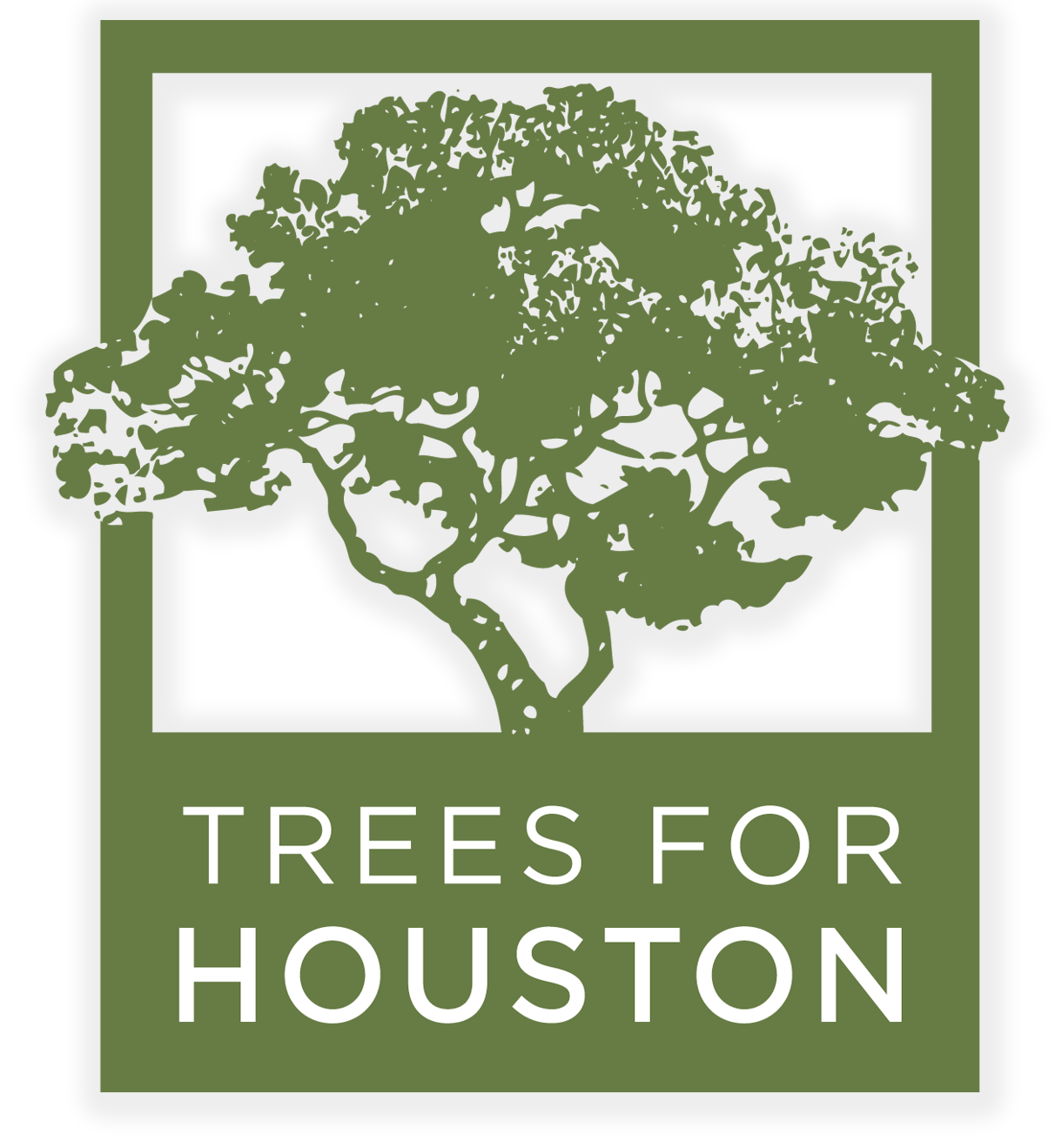In the weeks following the storm, Houstonians had to dodge fallen trees, branches, debris and more across the region. In fact, Hurricane Beryl potentially impacted about 50 percent of urbanized-area trees, according to the Texas A&M Forest Service.
“Hurricanes don’t discriminate,” said Aaron Stottlemyer, head of the forest analytics department at Texas A&M Forest Service.
Despite what many think, strong winds aren’t the sole reason many of Houston’s trees were damaged. Lack of maintenance, wind levels, and the biology of trees all have an impact on the strength and health of Houston’s trees.
Here’s what we know about what causes damage to trees and how public entities provide maintenance:
[…]
City departments cannot enter private properties for trimming, pruning or removing trees. Property owners are responsible for the maintenance of their trees.
“Regarding how trees could be impacted by the next event, it really depends on a lot of factors including wind speed and duration, amount of rain, soil conditions at that time, and how well trees were maintained leading up to the event,” Stottlemyer said.
Eric North, a certified urban forester with Arbor Day Foundation, said owners need to remember trees are a long-term investment and are living organisms – they must be planted, pruned, maintained and inspected.
Healthy trees can better withstand storms and recover from damage.
He recommends residents hire certified arborists to inspect a tree before and after a storm.
Trees at risk of causing dangerous situations include those that might have been standing straight one day and then leaning over the next day, those whose soil seems to be off, or those with large branches hanging off.
If a property owner plants a new tree, they need to consider its position in 10-20 years, North said.
Most trees can’t handle floods for a long time and can go into drought-like situations. To help the trees, owners can manage water resources beforehand by not overwatering or underwatering a tree, he said.
If a tree is flooded, there isn’t much an owner can do but watch the tree over time and then have a professional make an assessment.
“We don’t want to save trees that can be dangerous,” he said.
Trees for Houston, a nonprofit committed to planting, protecting and promoting trees, provides a list of resources for tree maintenance before and after storms. Click here to check them out.
The main point to understand about the storms from this year is that the drought of 2011 really did a lot of damage, both to individual trees and to the canopy as a whole. Trees that might have been healthy enough to withstand these two storms had there been no drought were sufficiently weakened as to be vulnerable. The story also covers how the city and utilities like CenterPoint do tree maintenance, and as this section notes, the rest is on us. If you’ve got a big tree on your property, it’s a good idea to call an arborist out once a year or so for inspection and maintenance as needed, so you can get rid of the branches that might become falling objects before that can happen. Read the rest for more.

